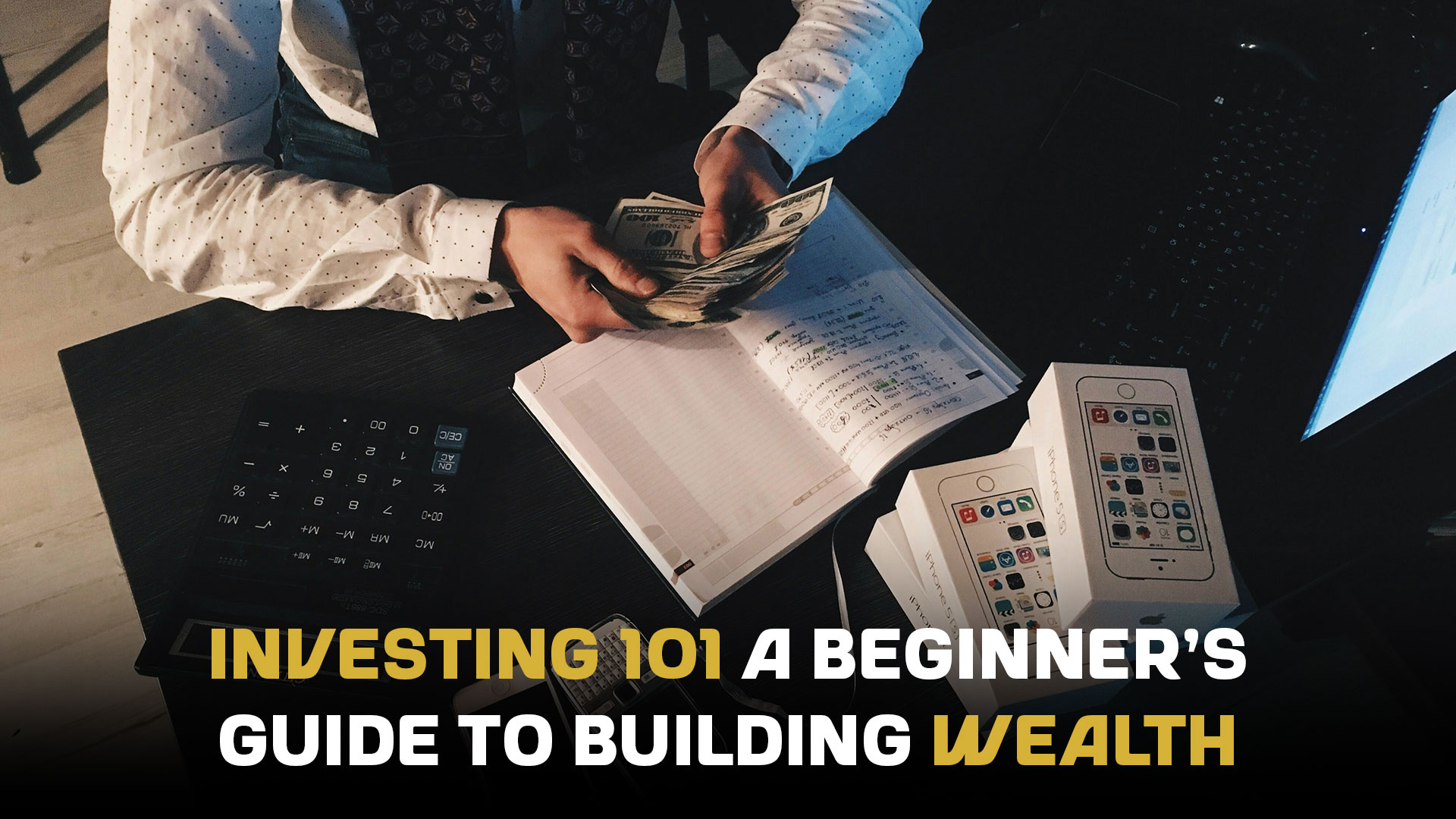So, you want to be rich, right? Maybe not “Lambo in the driveway” rich, but rich enough to live comfortably, travel the world, or retire without worrying about your bank balance. Guess what? Investing is your golden ticket. If the thought of buying stocks or bonds sounds intimidating, don’t worry. We’ve got your back. Welcome to Investing 101, where we break down everything you need to know to start building wealth—no complicated jargon, just real talk.
What Is Investing? (AKA How to Make Your Money Work for You)

Let’s kick this off with the basics. Investing is all about making your money grow over time by putting it into things (assets) that can generate more money. Sounds simple, right? Well, kinda.
The most common types of investments include stocks, bonds, and mutual funds. But don’t worry, we’ll dive into those in a second. The idea is that you’re letting your money “work” for you by sitting in these assets, instead of stashing it in a savings account that barely earns interest.
Stocks, Bonds, and Mutual Funds: The Big Three
- Stocks: When you buy a stock, you’re buying a tiny piece of a company. If the company does well, the value of your stock increases, and you can sell it for a profit. Think of stocks like a rollercoaster—prices go up and down, but the longer you hold on, the more likely you are to make money.
- Bonds: Bonds are like IOUs. When you buy a bond, you’re lending money to a company or government, and they promise to pay you back with interest. Bonds are considered safer than stocks, but they usually don’t make you as much money.
- Mutual Funds: If picking individual stocks and bonds feels like too much work, mutual funds are your friend. A mutual fund is a collection of different stocks and bonds, managed by professionals. It’s like getting a little bit of everything, making it a safer bet for beginners.
The Power of Starting Early (Hello, Compound Interest)

You’ve probably heard people say, “It’s never too late to start investing.” And while that’s true, starting early is a huge advantage. Why? Two words: compound interest.
Compound interest is interest on interest. It’s when the money you make on your investments starts earning even more money. The earlier you start, the more time your investments have to grow. Let’s look at an example:
Imagine you invest $1,000 at 8% interest. After the first year, you’d have $1,080. But by the second year, that $80 earns interest, so you’re making money on your original investment and on the money you’ve already earned. Over time, this snowballs into a serious pile of cash.
How to Start Investing: A Step-by-Step Guide
Ready to start investing but don’t know where to begin? Here’s your roadmap:
- Set a Goal: What are you investing for? Retirement? A down payment on a house? Having a clear goal will help you choose the right investment strategy.
- Choose a Brokerage: A brokerage is like a middleman that helps you buy and sell investments. Popular options include Robinhood, E*TRADE, and Vanguard. Most offer easy-to-use apps with low fees, so you can start with just a few bucks.
- Open an Account: Once you’ve chosen a brokerage, you’ll need to open an account. You can start with a taxable brokerage account (good for general investing) or a Roth IRA (ideal for retirement savings).
- Fund Your Account: You’ll need to transfer money into your account before you can start investing. Many brokerages let you start with as little as $100.
- Pick Your Investments: Now it’s time to invest! As a beginner, you might want to stick with index funds or ETFs (exchange-traded funds). These are collections of stocks that track a particular market index (like the S&P 500). They’re low-risk and give you exposure to a variety of companies.
- Stay Consistent: Investing is a long-term game. Commit to investing regularly, whether it’s every month or every quarter. The more consistent you are, the more your money can grow.
Risk Management and Diversification: Don’t Put All Your Eggs in One Basket

Here’s the deal: all investments come with some level of risk. Stocks can tank, bonds can default, and even mutual funds can underperform. But the key to protecting your money is diversification—which is just a fancy way of saying, “Don’t put all your eggs in one basket.”
By spreading your money across different types of investments (stocks, bonds, and mutual funds), you lower your risk of losing everything if one investment goes south. For example, if the stock market crashes, your bonds might still perform well, helping to balance things out.
To manage risk, you should also think about your risk tolerance. This is basically how comfortable you are with the idea of losing money. If you’re young, you can afford to take more risks because you have time to recover from any losses. If you’re closer to retirement, you’ll want to be more conservative with your investments.
Glossary of Common Investing Terms

Here are some must-know terms that will help you navigate the investing world like a pro:
- Asset Allocation: The way you divide your money among different types of investments (stocks, bonds, etc.).
- Bull Market: A period when stock prices are rising.
- Bear Market: A period when stock prices are falling.
- Dividend: A portion of a company’s earnings that’s paid out to shareholders (a nice bonus!).
- Expense Ratio: The annual fee that mutual funds or ETFs charge investors.
- Market Capitalization (Market Cap): The total value of a company’s shares. It’s like a company’s price tag.
- Price-to-Earnings Ratio (P/E Ratio): A measure of a company’s current stock price compared to its earnings.
- Recession: A period of economic decline (and a great time to invest if you have cash to spare!).
A Quick Recap of Risk Management Strategies:
- Diversification: Spread your investments across different types of assets to lower your risk.
- Regular Rebalancing: Adjust your portfolio over time to make sure it matches your risk tolerance.
- Emergency Fund: Keep enough money in an emergency fund so you’re not forced to sell investments if the market dives.




Leave a Comment